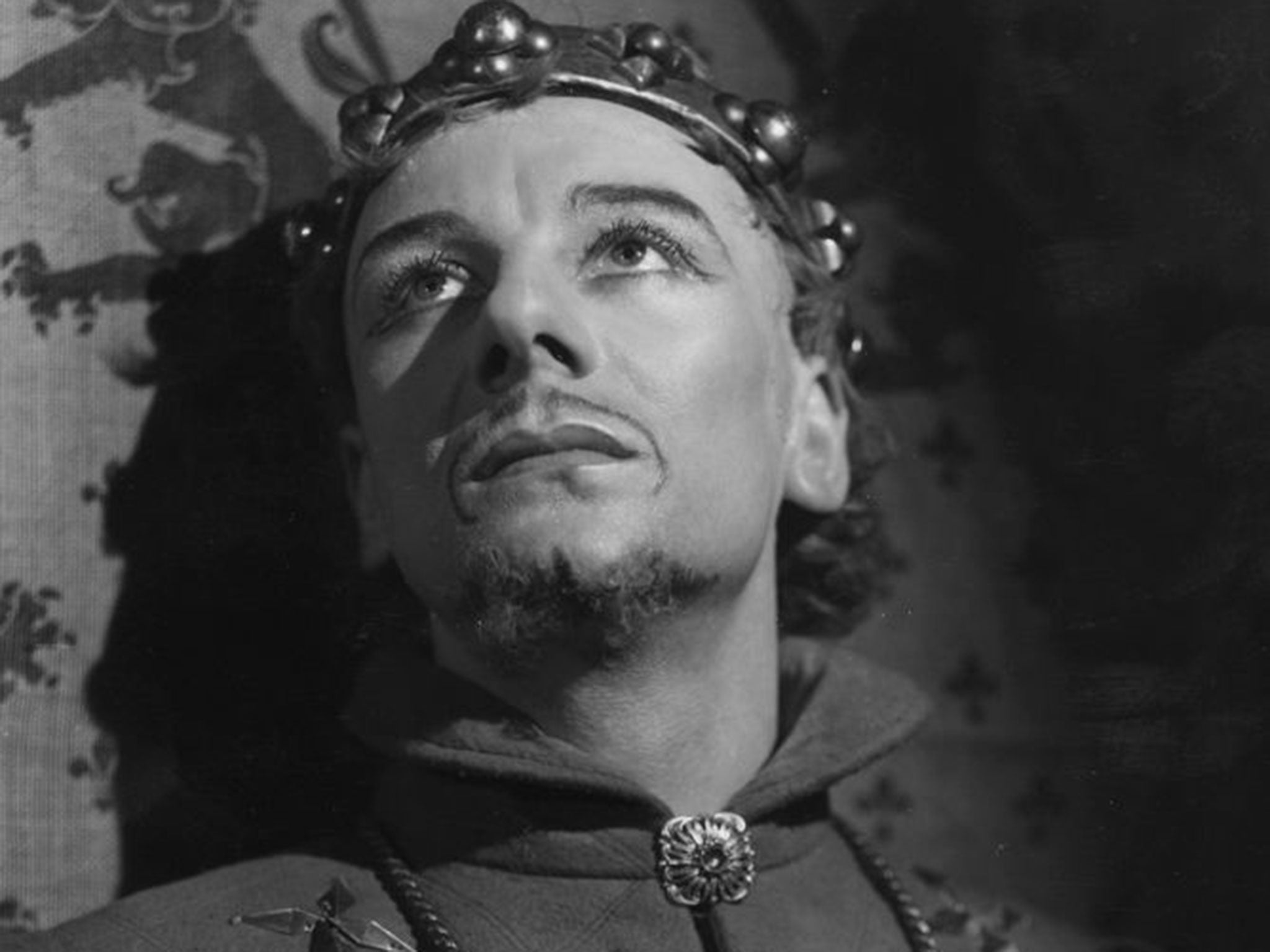Richard II at a glance: A brief guide to William Shakespeare's dramatic study of English kingship
Richard II is the first in a four-part series, followed by the two Henry IV plays and Henry V

Your support helps us to tell the story
From reproductive rights to climate change to Big Tech, The Independent is on the ground when the story is developing. Whether it's investigating the financials of Elon Musk's pro-Trump PAC or producing our latest documentary, 'The A Word', which shines a light on the American women fighting for reproductive rights, we know how important it is to parse out the facts from the messaging.
At such a critical moment in US history, we need reporters on the ground. Your donation allows us to keep sending journalists to speak to both sides of the story.
The Independent is trusted by Americans across the entire political spectrum. And unlike many other quality news outlets, we choose not to lock Americans out of our reporting and analysis with paywalls. We believe quality journalism should be available to everyone, paid for by those who can afford it.
Your support makes all the difference.Plot: King Richard has been governing badly. His uncle, John of Gaunt, laments his fecklessness. The King exiles Henry Bolingbroke, Gaunt’s son, and Thomas Mowbray, after a quarrel. When Gaunt dies, the King seizes his property, then leaves for Ireland. Bolingbroke returns from exile, raises an army, defeats the King’s army and takes the throne for himself. The imprisoned ex-monarch is murdered – and the new Henry IV vows to make a pilgrimage to Jerusalem to atone for his behaviour.
Themes: Strong and weak kings; ruthlessness and realism; national and family heritage.
Background: Richard II is the first in a four-part series, followed by the two Henry IV plays and Henry V. The first performance on record was in 1595. The theme of rebellion (and the questionable legitimacy of usurpers) made it politically controversial. Supporters of the Earl of Essex’s planned revolt arranged a performance in 1601. The play was staged at sea in 1607, on board The Red Dragon off Sierra Leone. Eddie Redmayne starred in a production at London’s Donmar Warehouse in 2011.
Key characters
- King Richard: self-indulgent monarch overthrown by Bolingbroke.
- Henry Bolingbroke: rebel; future Henry IV.
- John of Gaunt: Bolingbroke’s uncle; eloquent English patriot; dies early on.
Top lines
- “This royal throne of kings, this scepter’d isle, this earth of majesty, seat of Mars, this other Eden, demi-Paradise.” Gaunt’s eulogy to England, Act 2, Scene 1
- “Not all the water in the rough rude sea can wash the balm from an anointed king.” King Richard on divine right, Act 3 Scene 2
- “I’ll give my jewels for a set of beads, my gorgeous palace for a hermitage, my gay apparel for an almsman’s gown, my figured goblets for a dish of wood, my sceptre for a palmer’s walking staff, my subjects for a pair of carved saints and my large kingdom for a little grave.” Richard considers abdication, Act 3 Scene 3
- “For God’s sake, let us sit upon the ground, And tell sad stories of the death of kings...” Richard at his self-pitying best, Act 3 Scene 2
- “You may my glories and my state depose, But not my griefs; still am I king of those.” The deposed, passive-aggressive King toys with Bolingbroke, Act 4 Scene 1
- “I wasted time, and now doth time waste me.” Richard reflects in prison, Act 5 Scene 5
Echoes
The 1949 film Train of Events features a production of the play.
Join our commenting forum
Join thought-provoking conversations, follow other Independent readers and see their replies
Comments